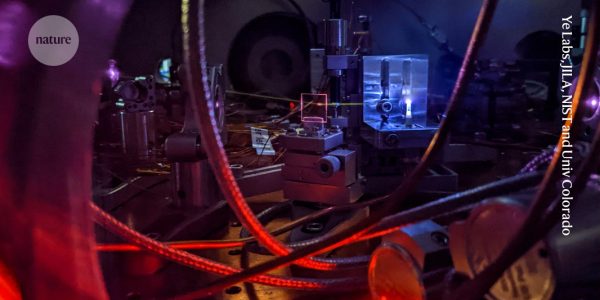The atomic clock breakthrough paves the way for super-precise timekeeping
Researchers at the Johns Hopkins University have found a way to detect the decay in the first energy state of the thorium-229, which could lead to the development of a nuclear clock. They used a system known as a Frequency Comb to detect the transition frequency. This could help narrow down the possible energy ranges in which light dark matter could exist.
